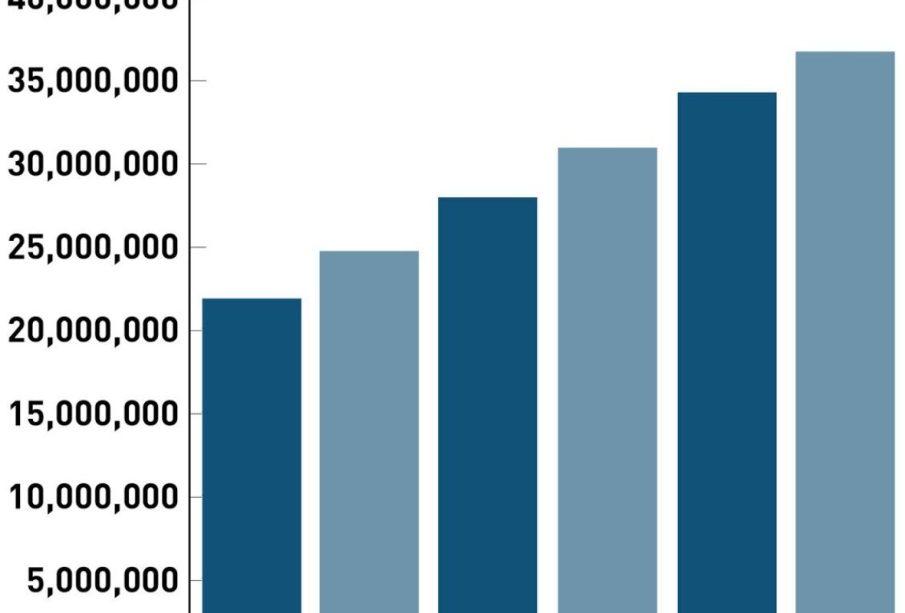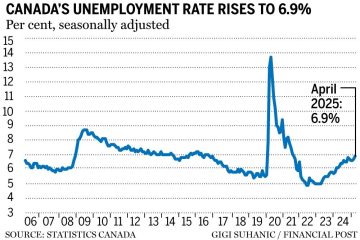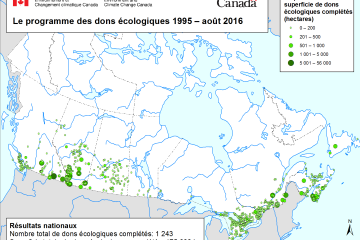Understanding Canada’s Population Growth in 2023

Introduction
The population of Canada has become a significant topic of discussion as the country navigates various social, economic, and environmental challenges. As of 2023, the population of Canada is estimated to be around 39.5 million, showcasing a steady increase from previous years due to factors such as immigration, natural growth, and demographic shifts. Understanding these trends is crucial for policymakers, businesses, and the general public as they influence everything from economic growth to the provision of public services.
Population Growth Statistics
According to the latest data from Statistics Canada, the country has experienced a notable population growth rate of approximately 1.2% per year, one of the highest growth rates among G7 nations. This increase is primarily driven by immigration, which accounted for over 80% of the population growth in the past year. In 2022, Canada welcomed over 405,000 new immigrants, with continued projections for robust arrivals in the coming years, particularly under immigration programs aimed at attracting skilled workers and international students.
Demographic Changes
Canada’s demographic landscape is also evolving. The country is becoming increasingly diverse, with visible minorities projected to represent a majority of the population by 2036. The growing presence of Indigenous peoples is being recognized as well, with recent initiatives aimed at reconciliation and empowerment gaining momentum. Additionally, aging demographics pose challenges and opportunities for the workforce, requiring adaptations in healthcare, retirement planning, and social services.
Implications of Population Growth
The implications of this population growth are far-reaching. Economically, a larger population can bolster labor markets and consumer bases, leading to increased investment opportunities. However, it also presents challenges, such as the need for affordable housing, infrastructure development, and access to healthcare services. Cities like Toronto, Vancouver, and Montreal are already experiencing pressures related to housing affordability, prompting government actions aimed at mitigating these issues.
Conclusion
As Canada continues to grow, understanding population dynamics will be essential for future planning and policy development. Continued focus on immigration, diversity, and demographic changes will shape the Canadian identity in the years to come. By proactively addressing the associated challenges, Canada can ensure sustainable growth and prosperity for all residents.









